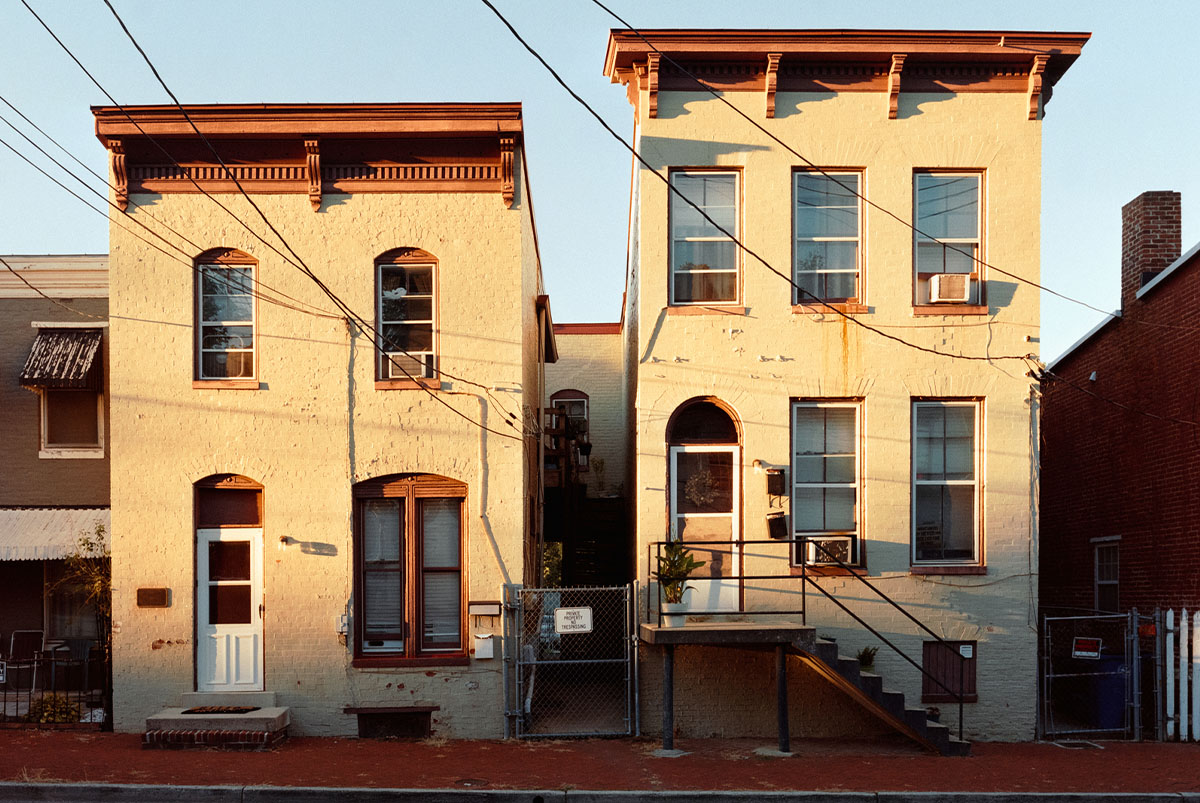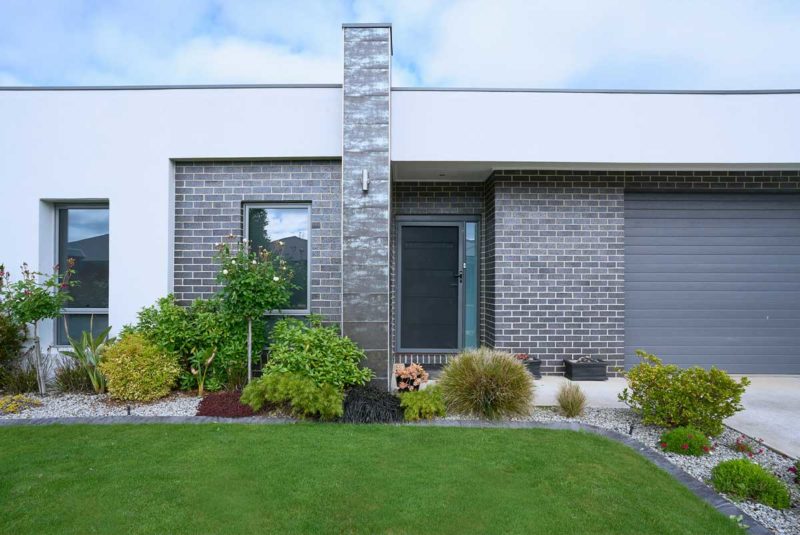Ready To Buy a Home?
Get Approved to Buy a Home
Rocket Mortgage® lets you get to house hunting sooner.
The Fannie Mae HomePath® program is a great way to buy a home at a more affordable price than you might find on the open market. Getting a mortgage through HomePath® could save you thousands of dollars on your down payment and closing costs. In this guide, you’ll learn everything you need to know about HomePath® and decide if it’s the best path to homeownership for you.
What Is HomePath®?
Fannie Mae HomePath® offers consumers the ability to buy a foreclosed home. The process through which Fannie Mae acquires these homes can vary, but when Fannie Mae takes ownership, the home is put up for sale at a discounted rate through the HomePath® program.
There are many benefits to buying a home through HomePath®, but the key benefit is you can pay as little as 3% down and get up to 3% in closing cost assistance.[1]
How Fannie Mae HomePath® Properties Work
Before considering a Fannie Mae HomePath® property, it’s important to know that these properties are sold “as-is.” In other words, Fannie Mae usually sells these properties in the same condition as they found them. Fannie Mae doesn’t renovate HomePath® properties, even if previous borrowers allowed the homes to fall into disrepair.
Therefore, if you do want to buy a Fannie Mae HomePath® property, you’ll want to closely inspect the home before closing.
What Is a Fannie Mae HomePath® Property?
A Fannie Mae HomePath® property is any foreclosed home that’s being sold (often at a discounted market price) by Fannie Mae. A HomePath® property can be a single-family home, multifamily home, townhouse or condominium.
While Fannie Mae works with homeowners to help them stay in their homes, sometimes a homeowner can’t avoid losing their home. When this happens, there are two common ways that Fannie Mae acquires a home to sell through the HomePath® program.
Conduct a “deed-in-lieu” transfer
This happens when the homeowner willingly gives up ownership of the property. Deed-in-lieu transfers frequently result in properties that can be sold in better condition, as the homeowner wasn’t forced to vacate the home against their will.
Foreclosure
Fannie Mae can take ownership away from the homeowner if they default on their loan and the property enters foreclosure. As you might expect, these homes are often in worse condition, as the homeowner has little incentive to maintain the property when they know it’ll be taken away soon.
While Fannie Mae could spend time and money to renovate these homes, any improvements will inevitably increase the asking price. You should always consider how a Fannie Mae HomePath® property has been acquired before closing, as it can affect both the condition and price of the home.
HomePath® Property Requirements
There are several requirements you must meet to purchase a HomePath® property. While some of these are necessary to use the program, others are only required if you want to take advantage of HomePath®’s down payment and closing cost discounts.
In any case, buying a HomePath® home requires:
- Making a purchase, which can’t be contingent upon selling your house
- Getting mortgage preapproval before making an offer
- Using a real estate listing agent approved by Fannie Mae
- Using the property as a primary residence after purchase
- Buying the home “as-is”
If you’re a first-time home buyer, you also need to complete a homebuyer education program – and you’re considered a first-time home buyer if you haven’t owned a home 3 years prior to closing.[2]
How To Get a Fannie Mae HomePath® Property
To get a HomePath® property, you’ll need to abide by the guidelines provided by Fannie Mae.
Find an agent
You must work with a Fannie Mae-approved real estate agent to qualify for the HomePath® program. If you’re unsure how to find a real estate agent who qualifies, you can often talk to a local real estate agent who can connect you with the right people. Either way, it’s important to have a real estate agent who’s well-versed in the HomePath® program, as well as the local real estate market.
Get preapproved
When you get preapproved for a mortgage, it shows sellers you’re serious about buying a home. More importantly, you can use your preapproval letter as proof you can actually afford the home you want to buy. HomePath® requires preapproval because Fannie Mae wants to sell foreclosed homes as quickly as possible.
Preapproval not only ensures that a lender is willing to provide funds to the borrower, but it also helps speed up the underwriting process.
Look for HomePath® properties
Because HomePath® properties are usually sold at a discount from market price, and Fannie Mae benefits from selling them quickly, they don’t stay on the market for very long. However, this doesn’t mean you should rush the process.
You can find a HomePath® property via the program’s online database. You can search homes by area, asking price, size and various other factors. Just remember to thoroughly inspect the property and understand its condition before making an offer.
Complete the homebuyer education course
The HomePath® Ready Buyer™ education program is required if you want to qualify for 3% closing cost assistance. Considering this program only takes a few hours to finish, and it could save you thousands of dollars in closing costs, it’s worth the effort.
This program teaches first-time home buyers – or those who haven’t owned a home for at least 3 years – the basic principles of buying a home, from setting a budget to picking the right property. The entire course consists of nine modules and can be finished in as little as one afternoon. While it will cost $75 to take the course, you can get this fee reimbursed by Fannie Mae when you close on your home.[2]
Make an offer
Once you’ve chosen a home from the available HomePath® properties, you’ll need to make an offer. HomePath®’s website makes it easy for you to make an offer online with the help of a registered real estate agent.
Benefits and Drawbacks of a HomePath® Property
Like virtually any home buying method, there are certain benefits and drawbacks to buying a HomePath® property.
Benefits
Some of the greatest advantages of choosing a HomePath® property are the cost-saving opportunities.
- Access to foreclosed properties in better condition: HomePath® is one of the easiest ways to buy foreclosed homes at discounted rates.
- Closing cost assistance: If you’re a first-time home buyer and you follow the HomePath® requirements, you can cut your closing costs by up to 3% of your mortgage loan value.
- Down payment assistance: While HomePath® requires a minimum down payment of 3%, you can get up to 3% of the loan value in down payment assistance.
- Co-borrower flexibility: HomePath® mortgages make it easier to qualify for a mortgage with the help of a non-occupant co-borrower, like a close friend or family member.
Drawbacks
One of the most obvious drawbacks of buying a HomePath® property is the potential of getting a home in poor condition. Additionally, buying a house through HomePath® could lead to more issues after the papers have been signed.
- Homes are sold “as-is”: If you’re not careful, you could buy a home that’s in worse condition than you realized.
- Might be in less desirable areas: Home foreclosures can have a negative impact on the local economy, which could mean you’re buying a home in a potentially less desirable area.
- May require upfront costs for repairs: You could end up spending more to repair your home than you saved through the HomePath® program.
Are there alternatives to a HomePath® mortgage?
If you decide against buying a foreclosed home using HomePath®, but you still want to make a smaller down payment with a conventional mortgage, you can pay as little as 3% with programs like a HomeReady® Mortgage.
Is a HomePath® Home Right for You?
If you’re still unsure if HomePath® is right for you, there are some helpful questions to ask yourself. These include: How much house can I afford? Can I get preapproved? Am I willing to take the extra steps to qualify for down payment and closing cost assistance? If the answer is yes, HomePath® may be the way to go. If not, there may be other options available.
Take the first step toward buying a home.
Get approved. See what you qualify for. Start house hunting.
The Short Version
- Fannie Mae HomePath® offers consumers the ability to buy a foreclosed home
- Not only can you find homes selling below market rate, but you can also pay as little as 3% down and get up to 3% in closing cost assistance[1]
- Before considering a Fannie Mae HomePath® property, it’s important to know that these properties are sold “as-is”
Fannie Mae. “HomePath – How Much Can I Borrow?” Retrieved November 2022 from https://homepath.fanniemae.com/homebuyers/how-much-can-i-borrow
Fannie Mae. “Fannie Mae Launches HomePath Ready Buyer Education Program for First-Time Homebuyers.” Retrieved November 2022 from https://www.fanniemae.com/newsroom/fannie-mae-news/fannie-mae-launches-homepath-ready-buyer-education-program-first-time-homebuyers




